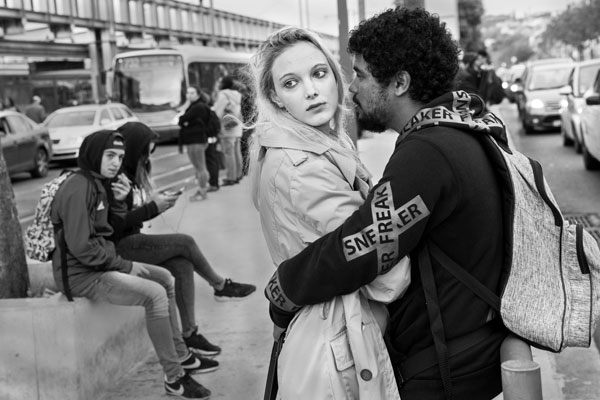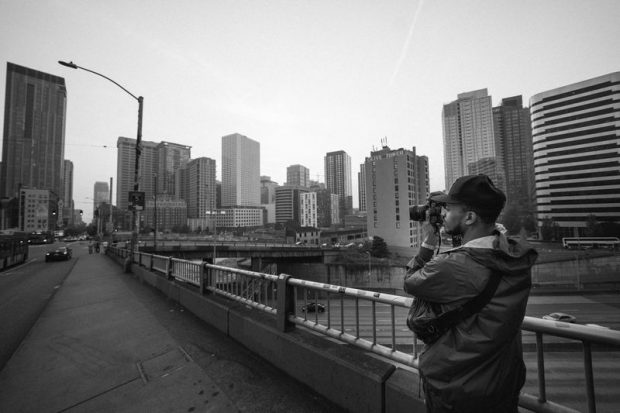The Basic Principles Of Framing Streets
The Basic Principles Of Framing Streets
Blog Article
Framing Streets Fundamentals Explained
Table of ContentsGet This Report on Framing StreetsThe Greatest Guide To Framing StreetsFraming Streets Can Be Fun For EveryoneThe smart Trick of Framing Streets That Nobody is Talking AboutExcitement About Framing Streets10 Simple Techniques For Framing Streets
, generally with the aim of capturing images at a decisive or poignant moment by cautious framing and timing. https://www.huntingnet.com/forum/members/framingstreets1.html.
, who was inspired to embark on a similar paperwork of New York City. As the city established, Atget assisted to advertise Parisian streets as a deserving topic for digital photography.

A Biased View of Framing Streets
Andre Kertesz.'s widely admired Images la Sauvette (1952) (the English-language version was titled The Definitive Minute) promoted the idea of taking a picture at what he called the "definitive minute"; "when form and web content, vision and structure combined right into a transcendent whole" - sony a9iii.
Some Ideas on Framing Streets You Should Know
The recording machine was 'a covert video camera', a 35 mm Contax hidden underneath his layer, that was 'strapped to the breast and attached to a lengthy wire strung down the right visit here sleeve'. Nonetheless, his job had little contemporary impact as as a result of Evans' level of sensitivities about the creativity of his job and the privacy of his topics, it was not released until 1966, in the publication Lots of Are Called, with an introduction created by James Agee in 1940.
Helen Levitt, after that an instructor of young kids, related to Evans in 193839. She documented the temporal chalk drawings - Sony Camera that were component of kids's road society in New York at the time, along with the children that made them. In July 1939, Mo, MA's new photography section consisted of Levitt's work in its inaugural eventRobert Frank's 1958 book,, was significant; raw and often out of emphasis, Frank's images questioned traditional photography of the moment, "challenged all the official rules put down by Henri Cartier-Bresson and Pedestrian Evans" and "contradicted the wholesome pictorialism and genuine photojournalism of American publications like LIFE and Time".
Report this page